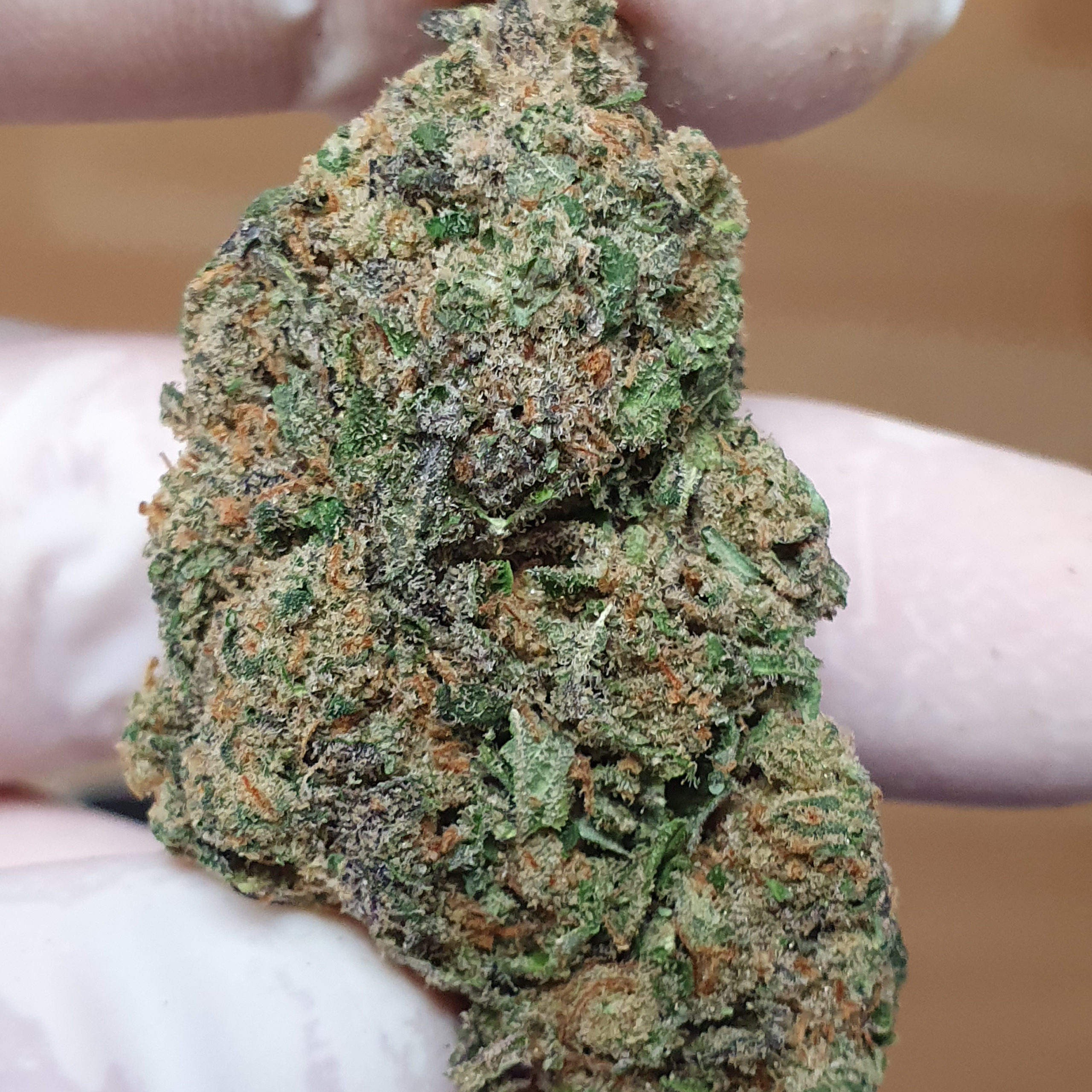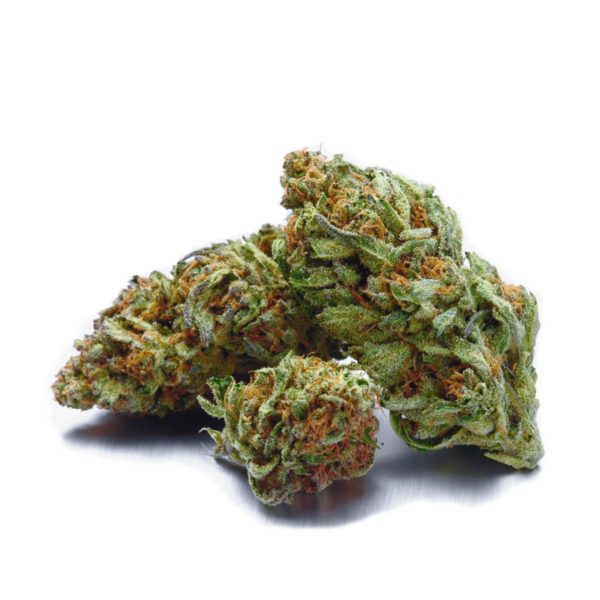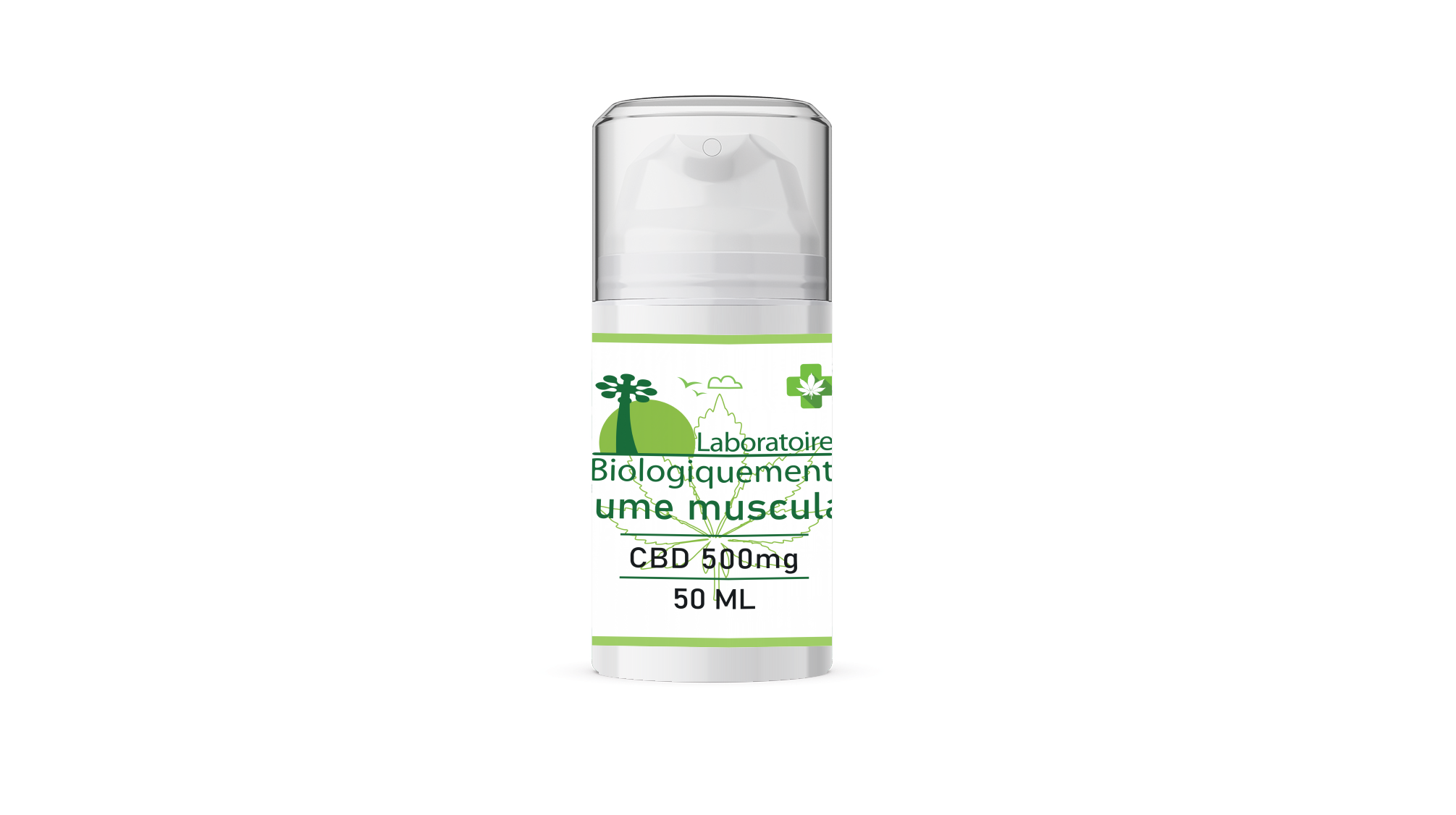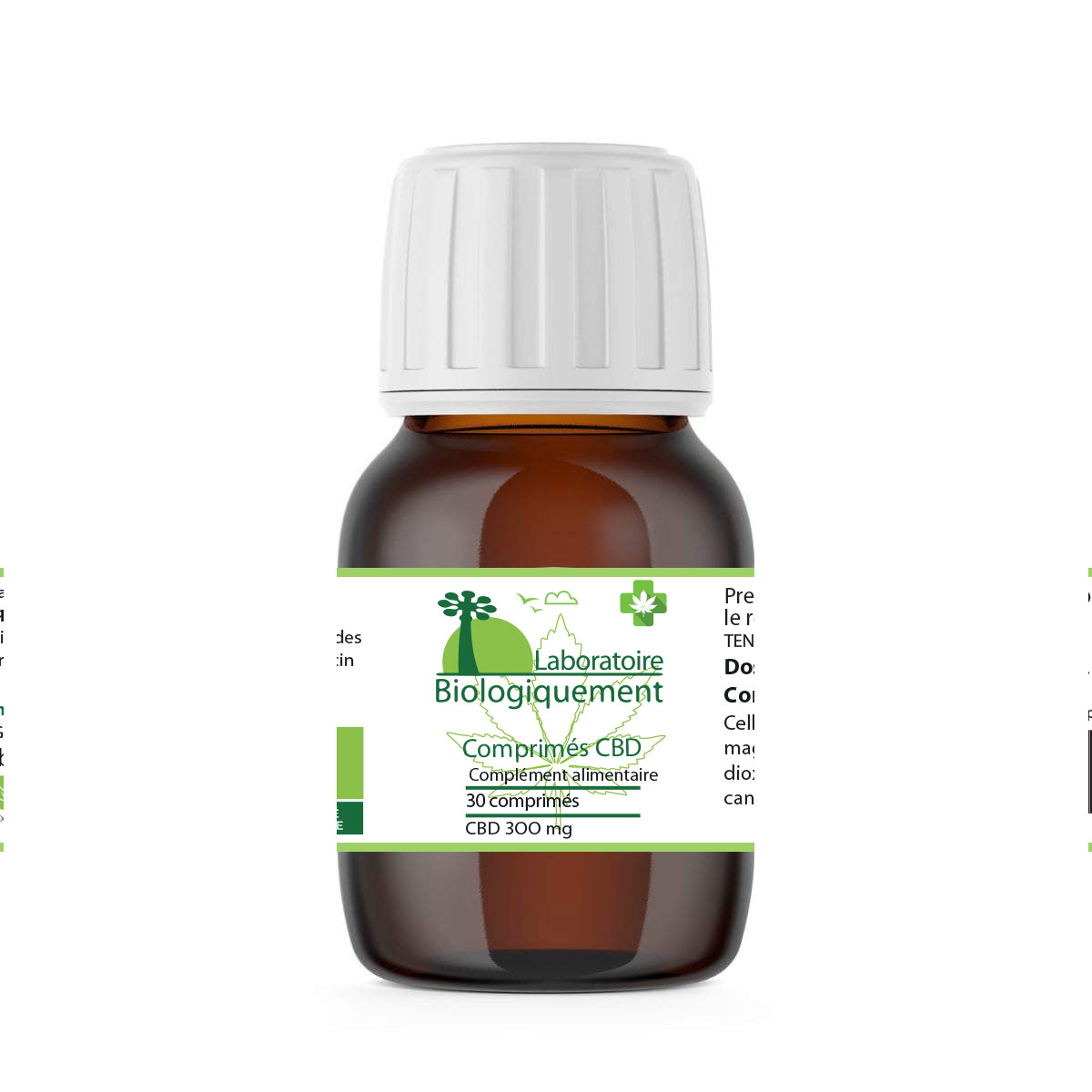It’s being billed as king of the superfruits – the baobab fruit has just been given EU approval to be used in smoothies and cereal bars. But what does it taste like? The Magazine’s Tom Geoghegan got hold of one.
With its velvet skin, the baobab feels like a coconut in the flush of youth – minus the long hairs.
And inside its flesh is crammed full of vitamin C, calcium and antioxidants – it packs a nutrition punch that makes so-called “super-fruits” like pomegranates and cranberries green with envy.
The taste is something of a disappointment after the tactile pleasure of the skin that encases it. The white, powdery fruit looks like sherbet and in parts of Africa is mixed with water and made into a drink, has an alien texture that seems rather tasteless.
But baobab – pronounced bay-oh-bab – jam, which is made from the pulp, is more appetising. It looks like dark honey. The taste is tart – akin to lemon curd – and the texture gritty like a tangy pear.
BAOBAB NUTRITION
More than 10 times the antioxidant level of oranges
And six times more vitamin C
More than twice the calcium level of milk
Soluble fibre in fruit pulp has pre-biotic qualities and stimulates good bacteria in gut
High in potassium, important for brain, nerve and muscle function
And phosphorus, which helps bones
Approval this week by the EU means that within months the baobab will be available in the UK for the first time.
It won’t be seen on supermarket shelves as a furry nut, because it cannot be easily taken home and eaten. Not only is the skin very hard – it feels as if it could withstand a whack from a meat cleaver – but the fruit inside is a dry and sticky powder.
So baobab is better suited as an ingredient. It is most likely to be added to smoothies and cereal bars as food manufacturers target the health-conscious shoppers.
Super food
“The main market that we see it for in the immediate future is the healthy snacks and drinks market,” says Cyril Lombard of Phytotrade Africa, which has campaigned for EU approval.
“Cereal bars and smoothies are a particular target because they are the big products among healthy foods.
“And because of the nutritional properties of baobab, we think they are ideal markets for it. In time though, you could find baobab on the shelves in a wide range of different products such as baked goods and jams.”
It’s rare for calcium to be found in large quantities in fruit and vegetables, he says, and even kale does not have this amount. Hence its popularity in parts of Africa among pregnant and breastfeeding women.
“Super-food is a term that many people frown upon so we would hesitate to use it. But it’s a fruit with extraordinarily high levels of the key nutrients.”
If demand in Europe takes off, it will benefit some of the poorest people in Africa, says Mr Lombard. People without land or money to plant seeds can pick baobab in the wild and sell to producers.
Mythical tree
The adansonia digitata, which is the only baobab species in Africa, provides many forms of nourishment, says Paul Smith, head of the millennium seed bank at Kew Gardens, where one baobab tree has been grown under glass.
WHERE IT GROWS
Southern, central, western and north-eastern Africa, on savannah
National tree of Madagascar, where there are seven species
Western Australia, where one tree was used to imprison Aborigines
The fruit is mixed with water and drunk as lemonade, the seeds are roasted and made into coffee, the leaves can be made into spinach and the children suck the seeds.
The baobab tree is iconic and wrapped in mythology, he says, but the tree is not as old as previously thought.
“Livingstone, who famously carved his name on a number of trees, said it was likely that these trees were grown at the time of the Great Flood, 4,000 years ago.
“But science suggests that they are not as old as that. One with a diameter of 14.4m was carbon-dated to about 1,000 years old. That is still old, about the age of some oaks in Great Windsor Park.”
The tree bark is very unusual in that it regenerates itself. In Zambia, some baobab trees continue to grow with spears through their trunks. The Ngoni people believed the enemy Bisa tribe could turn themselves into baobabs, so speared some of the trees.
The bark is stewed to wash newborn babies to give them strength, but some people in Zambia believe eating baobab attracts crocodiles and therefore fisherman may avoid it.
The trunk is hollow and stores water, and is often home to bats and snakes, and even humans. A district commissioner in Zambia once set up his office inside, and a tree still standing in Western Australia was used to imprison Aboriginal convicts in the 1890s.
By Claire Heald
BBC News Magazine

Un avis consommateur, ou avis client, désigne un élément d’appréciations et commentaires donnés par les acheteurs sur un produit ou un service, que ce soit sur un critère particulier ou la globalité de l’offre. Ces opinions reflètent le niveau de satisfaction de la clientèle.
Vous pouvez consulter les avis clients du site du laboratoire Biologiquement en suivant ce lien : avis biologiquement.shop
C’est la note que nos clients nous donne actuellement. Merci pour votre confiance !












In Penang, Malaysia, we have 1 matured tree planted by British during the colonial time. This tree flowers but the fruits never stay until ripe. Perhaps one day I could pick a fruit to eat this super fruit.
Thank’s a lot for this infomation, I will include an article about it on the website.
David